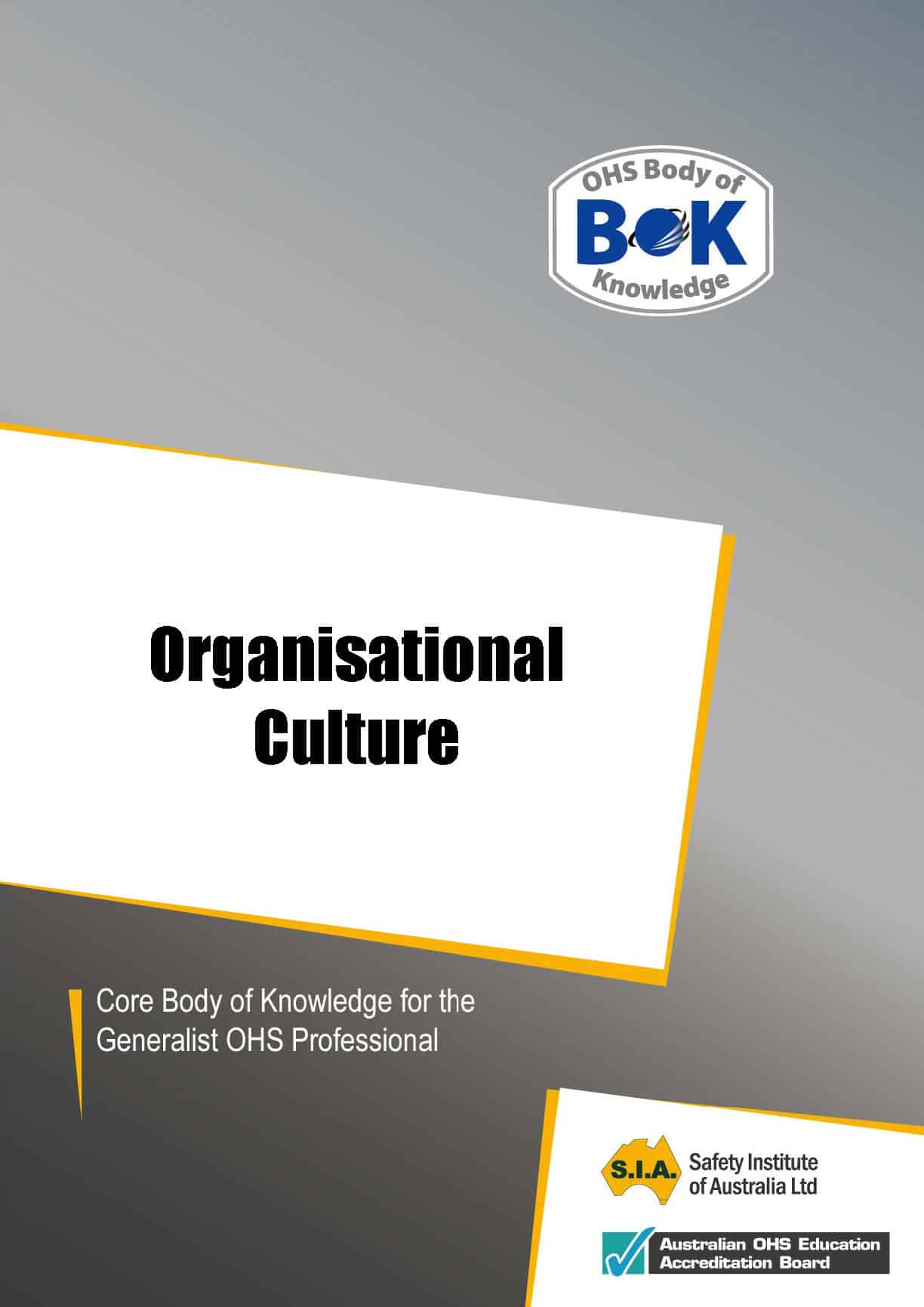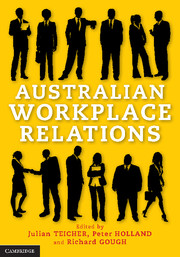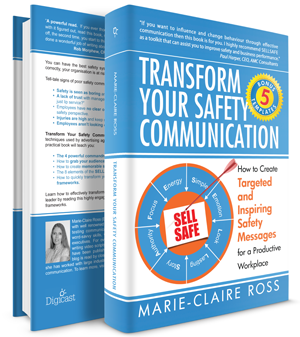One of the central tenets of modern safety management is the need to establish a safety culture. However recent Australian research has cast serious doubt on whether this current belief is valid or useful.
 In October 2014, the Safety Institute of Australia launched several new chapters to the Body of Knowledge (BoK) project. One of those chapters, based on a literature review and authored by David Borys, addresses organisational culture* and says that safety culture:
In October 2014, the Safety Institute of Australia launched several new chapters to the Body of Knowledge (BoK) project. One of those chapters, based on a literature review and authored by David Borys, addresses organisational culture* and says that safety culture:
“… [has] limited utility for occupational health and safety (OHS) professional practice.”
“… literature has unresolved debates and definitional dilemmas.”
“…..remains a confusing and ambiguous concept in both literature and in industry, where there is little evidence of a relationship between safety culture and safety performance.”
These findings should cause all OHS professionals and company executives to re-evaluate the safety culture advice and products that they have received over the last decade.



 Australian marketer and communicator,
Australian marketer and communicator, 
